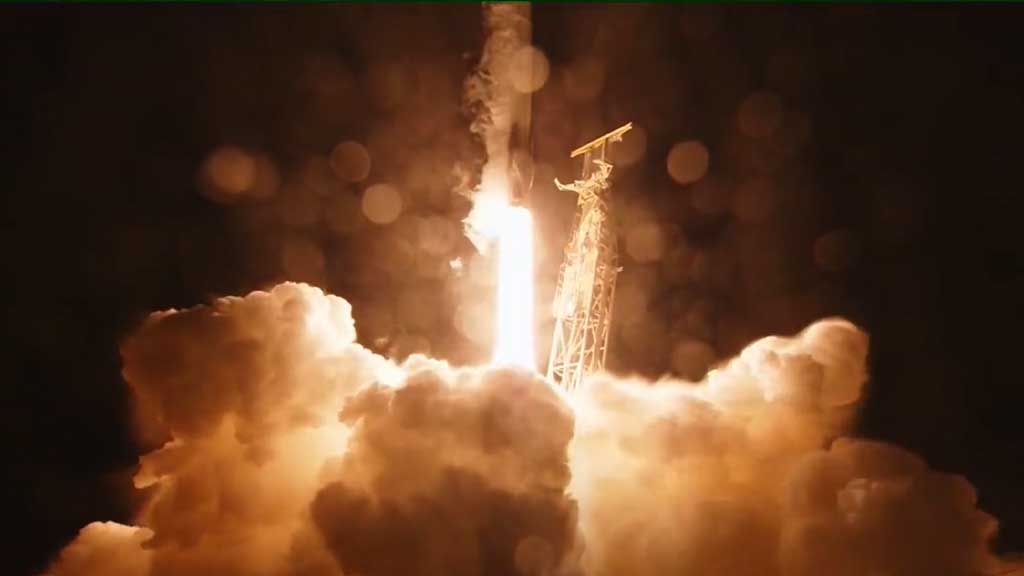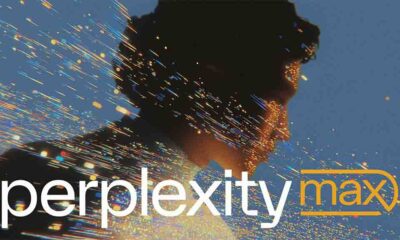SpaceX
SpaceX Falcon 9 launches NASA’s SPHEREx and PUNCH missions

On March 11, 2025, SpaceX launched a Falcon 9 rocket from Vandenberg Space Force Base in California with NASA’s SPHEREx Observatory and PUNCH missions.
After separation from the second stage, SPHEREx (Spectro-Photometer for the History of the Universe, Epoch of Reionization and Ices Explorer) will begin its two-year mission.
SPHEREx will survey the sky in optical and near-infrared light. Data received from this spacecraft will improve the understanding of the galaxies by measuring the total collective glow of more than 450 million galaxies near and far and 100 million stars.
The mission will search for water and organic molecules in stellar nurseries, regions where stars are born from gas and dust, as well as disks around stars where new plants may be forming.

SpaceX Falcon 9 rocket lift off from Vandenberg Space Force Base in California with SPHEREx and PUNCH mission (Source – SpaceX)
Every six months, SPHEREx will survey the sky from Earth satellites and interplanetary spacecraft. It will create a map of the entire sky in 102 different color bands, which is way more than the previously recorded all-sky maps color resolution.
Punch (Polarimeter to Unify the Corona and Heliosphere) consists of a constellation of four satellites. These are designed to create a 3D or corona and solar winds with on-board cameras.
All will work in a sync to create a single virtual instrument with 90-degree field of view centered on the Sun.
These four spacecrafts will be in a polar, low Earth orbit and spread out near Earth’s day-night line. This will enable these spacecrafts to always be in sunlight for a clear view in all directions around the Sun.
The measurements from PUNCH will provide scientist new information about solar wind and energetic solar events like flares and coronal mass ejections and their impact on weather and solar system.
This was the third flight for the first stage booster supporting this mission and after stage separation, the first stage returned to the Landing Zone 4 at Vandenberg Space Force Base.
Falcon 9 lands at LZ-4 pic.twitter.com/yJu7ApaC93
— SpaceX (@SpaceX) March 12, 2025
(source)












